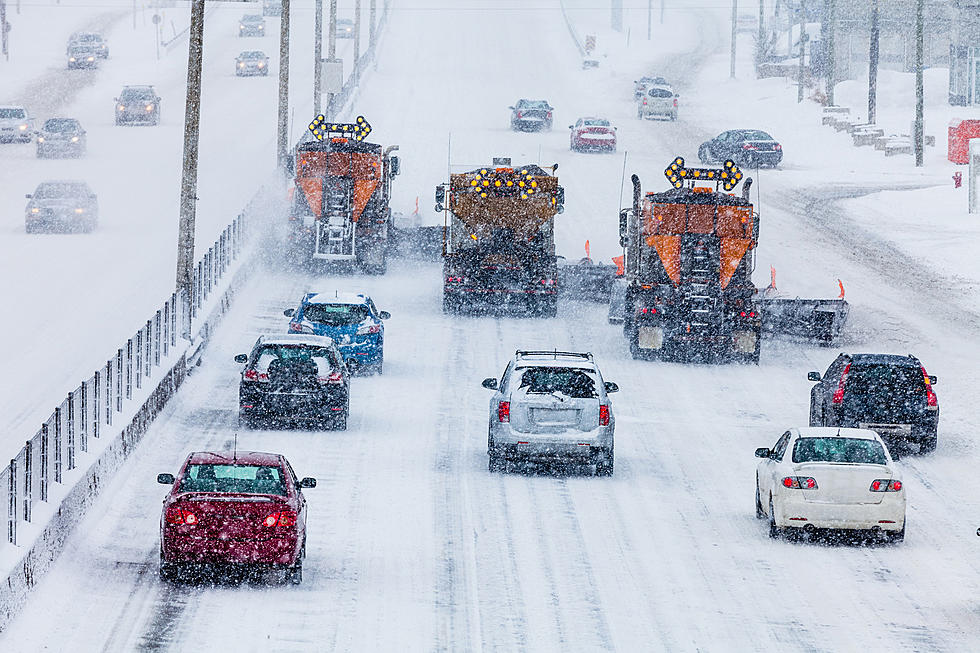
Winter Storm Warning Has Been Extended To Friday For West Michigan
The winter storm warning has been extended to Friday for West Michigan counties alongside Lake Michigan.

For most of the region, the average snowfall from the last 24 hours was around 4 to 8 inches depending upon where you live.
I live in Newaygo County and we got about 8 inches but it looked pretty consistent all the way down 131 to Grand Rapids on my drive in this morning.
According to WOOD, Grand Rapids broke a snowfall record for January 5, with 8 inches of powder. The previous record was 6.4 inches that were set back in 1954.
One good thing about this powdery snowfall the region received is, if you have to shovel it, snow blow, or plow, it's a lot easier to move than 8 inches of wet snow.
Some of the counties that saw the most snow were Kent, Newaygo, and Ottawa but many of the counties along the lakeshore may see even more since the storm warning has been extended until 10 a.m. Friday.
Cities most affected by the extended winter storm warning are Bangor, Fennville, Hart, Holland, Kalamazoo, and South Haven.
Kent County has a winter weather advisory that will be in effect until 7 p.m. Thursday.
Because of the shifting winds, the heaviest snowfall will be for the counties along the lakeshore down to Kalamazoo with some snowfall rates at 2 inches per hour. There is a possibility of 12-20 inches of snow totals by Friday Morning.
Grand Rapids may see another 2 to 3 inches of snow by early Friday.
When piling up the snow near your home, you may want to leave some room for a little more before the end of the week and a couple more inches late next week.
TIPS: Here's how you can prepare for power outages
LOOK: The most expensive weather and climate disasters in recent decades
More From Mix 95.7










